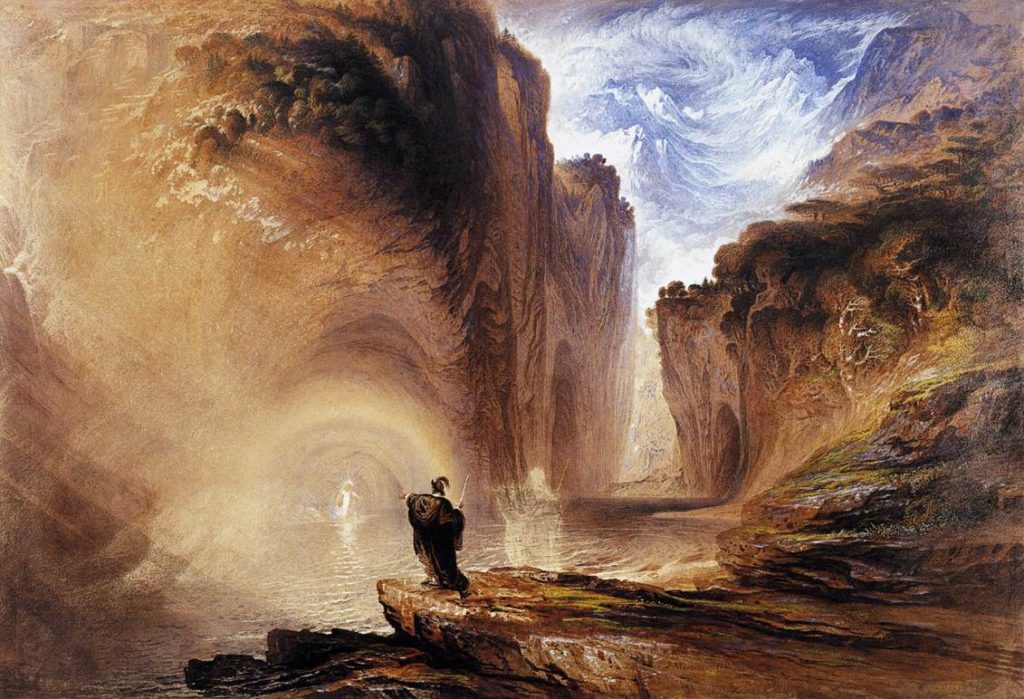“awe-inspiringly grand, excellent, or impressive”
The term ‘sublime’ has been debated in the field of aesthetics for centuries. Many artists, writers, poets and musicians have sought to evoke or respond to it. The word, of Latin origin, means something that is ‘set or raised aloft, high up’. The sublime is further defined as having the quality of such greatness, magnitude or intensity, whether physical, metaphysical, moral, aesthetic or spiritual, that our ability to perceive or comprehend it is temporarily overwhelmed. The first modern approach to the sublime appeared in Edmund Burke’s 1757 treatise Philosophical Enquiry into the Origin of Our Ideas of the Sublime and Beautiful. Burke argued that feelings of the sublime occur when the subject experiences certain types of danger, pain, or terror. The feeling of terror of impending death at the hands of uncontrollable nature, speaks to the power of the sublime. One may experience the sublime through many means, but it is usually explored through nature or through art. A few decades later, German philosopher Immanuel Kant modified Burke’s definition of the sublime in his 1790 Critique of Judgment. Kant considered the sublime and the beautiful as binaries, elements that possess opposite, yet complementary qualities. While the sublime is vast and obscure, the beautiful is small and definite. Consequently, in Western art, ‘sublime’ landscapes and seascapes, especially those from the Romantic period, often represent towering mountain ranges, deep chasms, violent storms and seas, volcanic eruptions or avalanches which, if actually experienced, would be life threatening.Other themes relate to the epic and the supernatural as described in drama, poetry and fiction.




